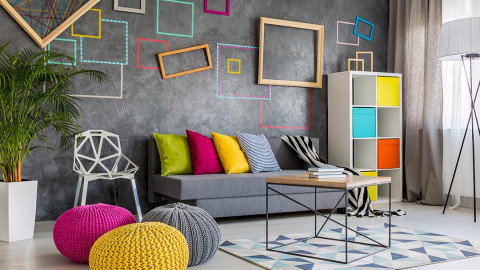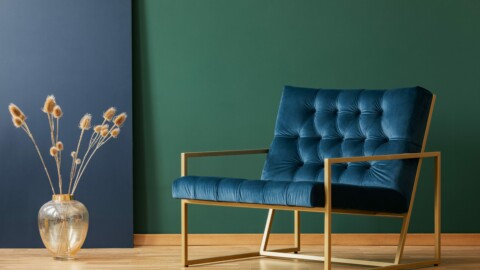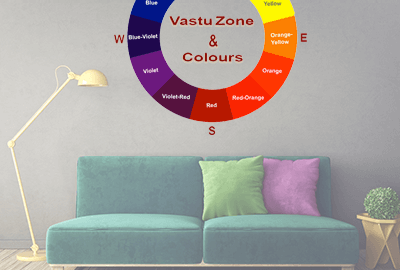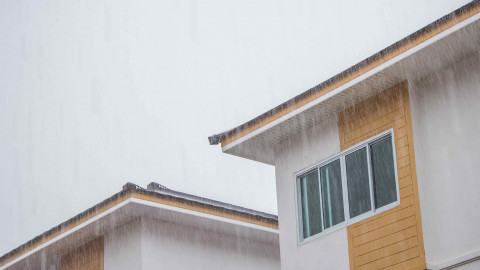Designing a child’s room is about striking the right balance between fun, functionality, and safety. One of the most crucial decisions you’ll make in this process is choosing the right type of paint. Durable, washable, and safe paint can transform a simple room into a delightful, creative sanctuary for your little ones. This guide will walk you through everything you need to know to pick the best paint for the job.
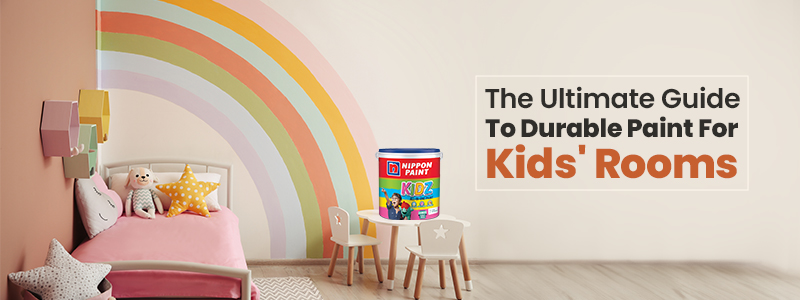
Why Durable Paint is Essential for Kids’ Rooms
Children’s rooms endure more wear and tear than almost any other room in the home. From artistic endeavours that go beyond paper boundaries to the inevitable spills and splatters, walls can take a beating. Here’s why durable paint is a must:
Ease of Cleaning: Look for paints that offer easy cleaning without damaging the walls.
Stain Resistance: A must-have for quickly cleaning up after messes without leaving a trace.
Safety: Opt for paints that are low in VOCs and free from harmful chemicals to ensure a safe environment for children.
“In a survey of more than 200 parents, 70% said that their children daily spend an average of 8-20 hours indoors*. But that’s where invisible dangers like bad air, chemicals and allergens lurk. In fact, there are germs on every surface – even seemingly harmless ones.”
Choosing the Right Type of Paint:
Latex Paints: These are a go-to for children’s rooms due to their durability and easy maintenance. They dry faster and have a less pungent odor than oil-based paints, making them ideal for quick renovations.
Zero-VOC Formula: These paints minimize exposure to harmful chemicals, crucial for maintaining indoor air quality and protecting children’s health.
Satin or Semi-Gloss Finish: Not only are these finishes aesthetically versatile, but their smooth surface also makes them easier to clean compared to matte finishes.
Choosing Paint for Infants’ Rooms
Infants are particularly vulnerable to airborne pollutants because they breathe significantly more air per pound of body weight than adults. Nippon Paint ensures that the paint for infants’ rooms is low in volatile organic compounds (VOCs), providing a safer air quality that supports the delicate development of their respiratory and immune systems. Opt for products that offer high washability and resist mold and bacteria, crucial for maintaining clean air and surfaces.
Selecting Paint for Toddlers’ Rooms
As toddlers grow, they explore their environment more extensively, often encountering walls and floors. It’s essential to use paint that not only is durable enough to handle such interactions but also protects against indoor pollutants like bacteria, mold, and viruses. Nippon Paint offers solutions that are robust and easy to clean, ensuring that walls can be wiped down frequently without wearing down the paint or exposing the little ones to harmful chemicals.
Ideal Paint for Pre-Schooler’s Rooms
For preschoolers, who are more active and spend a lot of time playing indoors, the choice of paint should foster an environment that fuels their creativity and playfulness. Durability is key to withstand the energetic activities of young children. Furthermore, ensuring the paint is resistant to stains and provides a healthy, clean environment is crucial for parents looking to encourage a safe and creative play area.
How to Paint a Child’s Room – A Step-by-Step Guide:
Step 1: Prepare the Room: Ensure the room is well-ventilated. Move furniture away from the walls and cover it with drop cloths. Use painter’s tape to protect windowsills, door frames, and baseboards.
Step 2: Prime the Walls: Applying a primer is crucial, especially if you’re changing the wall colour significantly. Primer provides a smooth base for your topcoat and ensures better adhesion and truer colour.
Step 3: Painting: When painting, use rollers for large, flat areas and brushes for cutting in around corners and edges. Apply at least two coats for even coverage, allowing sufficient drying time between coats.
Nippon Paint Kids All-in-One Paint – Your Best Choice:
When selecting paint for a child’s room, Nippon Paint Kids All-in-One Paint stands out for several reasons:
Safety First: It is a low VOC, low odour paint that minimizes exposure to potentially harmful chemicals.
Durability: Specifically formulated for high-traffic areas, this paint is highly resistant to stains and scratches, making it ideal for the adventurous life of a child’s room.
Variety of colours: Available in a wide range of colours, this paint allows children to express themselves with walls in their favorite hues, stimulating creativity and comfort.
Special Features: It incorporates Silver Ion Technology, which provides antimicrobial protection, helping to keep the walls hygienic and reducing the spread of common germs.
Best Practices for Long-Lasting Results:
To maintain the pristine condition of your painted walls:
Regular Cleaning: Gently clean the walls with a soft, damp cloth. For more stubborn marks, a mild soap solution can be used sparingly.
Immediate Attention to Stains: To prevent stains from setting in, clean them as soon as they occur.
Touch-Ups: Keep a small amount of paint on hand for quick touch-ups. This is particularly useful after an enthusiastic art session.
Conclusion,
Painting your child’s room can be a fun and rewarding project that significantly impacts the look and feel of their personal space. By choosing high-quality, durable paints like Nippon Paint Kidz All-in-One Paint, you ensure a beautiful, long-lasting finish that is both practical and inspiring. Embrace the opportunity to create a vibrant and healthy environment where your children can thrive.
FREQUENTLY ASKED QUESTIONS:
What type of paint is best for a child’s room?
For a child’s room, opt for the ultimate in safety and durability with Nippon Paint Kids All-in-One. This washable, low-VOC latex paint features a satin or semi-gloss finish, making cleaning a breeze while ensuring your child’s safety.
How many coats of paint do I need when painting a child’s room?
Typically, two coats are sufficient, but a third may be necessary when changing from a dark to a light colour.
How do I prepare the room for painting?
Remove furniture, cover remaining items with drop cloths, use painter’s tape on trim, clean walls, and ensure good ventilation.
How long does it take for paint to dry in a child’s room?
Latex paint usually dries to the touch within an hour but allow at least 4 hours before applying a second coat.
Are there specific colours that are better for kids’ rooms?
Opt for vibrant, stimulating colours or soothing shades depending on the desired atmosphere; consider the room’s size and lighting.
Is it safe to paint a child’s room while pregnant?
It’s safer to avoid painting while pregnant. If necessary, use zero-VOC paint and ensure the area is well-ventilated.


